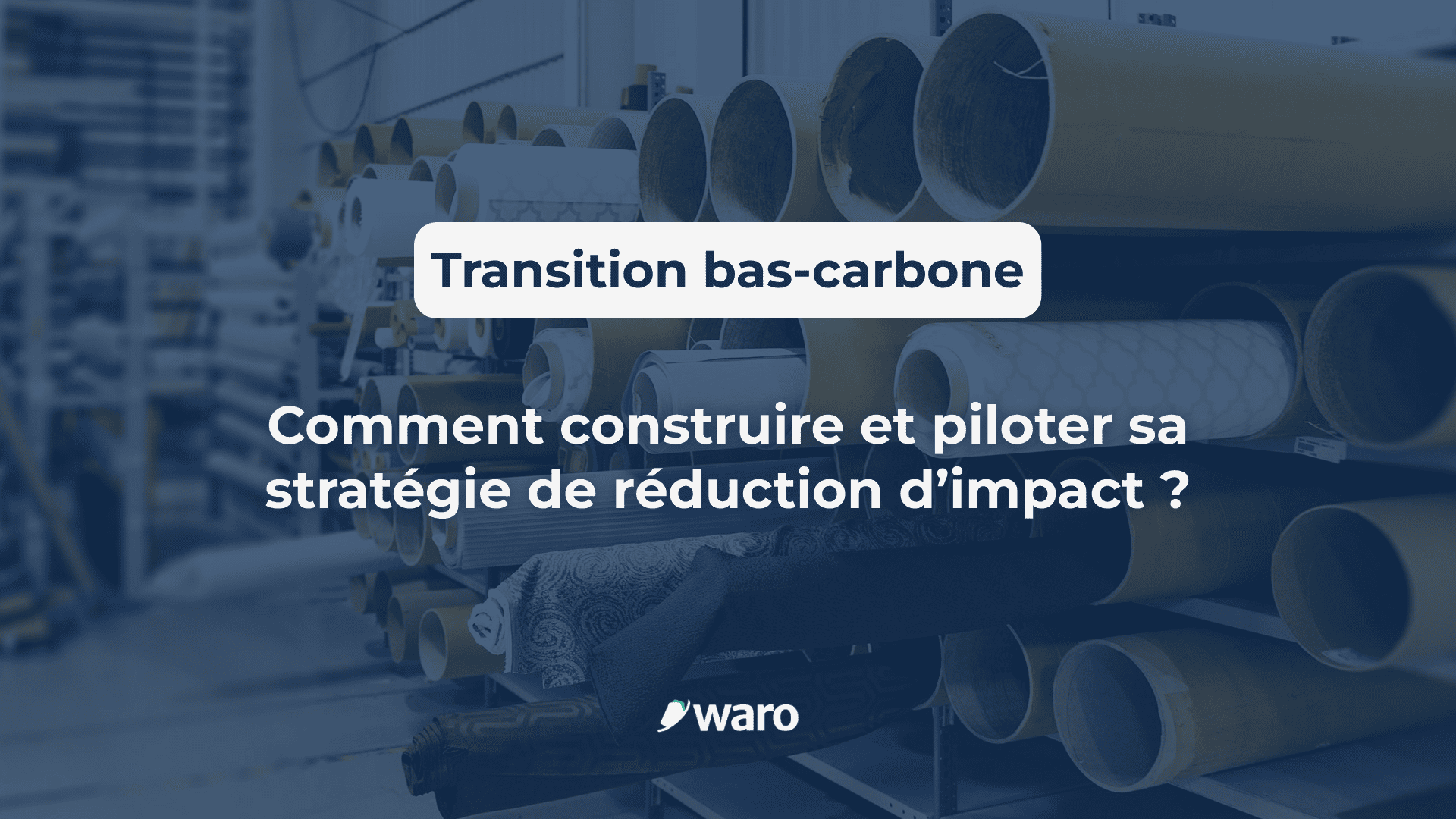Camif uses Waro to measure and reduce the environmental impact of its products
Discover the feedback of Léa Le Coz, Project Manager, and Emery Jacquillat, President of Camif.
Discover the feedback of Léa Le Coz, Project Manager, and Emery Jacquillat, President of Camif.
.png)
In 2009, Camif embarked on the reinvention of its business model to focus on eco-design and made in France. Their main objective was to give back to the consumer his purchasing power by offering total transparency.
In 2013, Camif began its journey towards transformation into a mission-driven company, marking its strong commitment to responsible and sustainable consumption.
From then on, the company carried out a carbon assessment and realized that most of its carbon emissions came from scope 3, and therefore from the products sold.
Camif's challenges were therefore to be able to:
- Know the environmental impact of their products
- Check that the manufacturing choices made, particularly on the made in France and the choice of materials, have a positive impact on the environment.
- Identify areas for product improvement, to define eco-design levers upstream of the development of future products
- To offer consumers a readable indicator so that they can understand the entire history of the product, and thus become an actor in its purchase.
Waro has been supporting Camif for more than a year now to measure the impact of their products and also to better understand what is behind all their manufacturing stages.
Thanks to accurate and detailed analysis data, Camif was able to prove its commitment to eco-design and communicate clearly to its consumers with transparent figures.

"Our goal was to reinvent Camif on the basis of local, made in France, quality and sustainability. We chose this path in 2009, with the conviction of giving consumers back their purchasing power through transparency. This has become our trademark to enable consumers to have a positive impact." (Emery Jacquillat)
"We chose Waro to provide tangible evidence of the environmental impact of our products, visible on our site, and to measure our environmental footprint. We needed to analyse our eco-design model to ensure that our choices throughout the production chain were consistent with our values. Our main challenge was to offer consumers a readable indicator so that they could understand the entire history of the product, and thus become an actor in their purchase.
We carried out a carbon assessment revealing that most of our carbon footprint was in our scope 3. Waro has allowed us to go into the details of the manufacture of our products, thus meeting our challenges of measuring impact and managing it."
"The project with Waro took place in several stages.
At the end of 2022 and 2023, we conducted an experimental phase by carrying out LCAs on 13 products to test data collection methods.
We have also managed to recover 100% of the necessary data from our suppliers, thanks to our explanatory approach from the beginning of the process. With this data, Waro has enabled us to measure our impact in a reliable and recognised way, and to communicate in detail.
We decided to carry out comparative life cycle analyses.
For example, we compared a Camif mattress or piece of furniture made in France and eco-designed to a similar product made without eco-design. The results of these analyses showed that, on average, with the Camif model, our products have 50% less carbon emissions.
After this test phase, we are satisfied with the results and we want to quickly deploy the approach across our entire product catalog.
Between 2024 and 2026, we will carry out 1500 LCAs, automating processes and involving our employees and partners in our eco-design strategy."
"Waro allows us to analyze our impact by manufacturer or collection, and gives us a clear and detailed view of the products to be improved, the important emission factors.
In 2023, we have chosen to communicate on these impact measures. On the product sheets of our website, our customers can understand the impact and history of each product, through an infographic showing the impact reduction calculated on Waro.
During the periods when these products were highlighted, we were able to see an increase in visibility and sales on these products.
In the future, we want to integrate the product team into this process in order to use Waro to anticipate the environmental impact upstream of manufacturing, in order to eco-design our products before they are put on the market. We can't wait to see the results of this approach!"


.png)